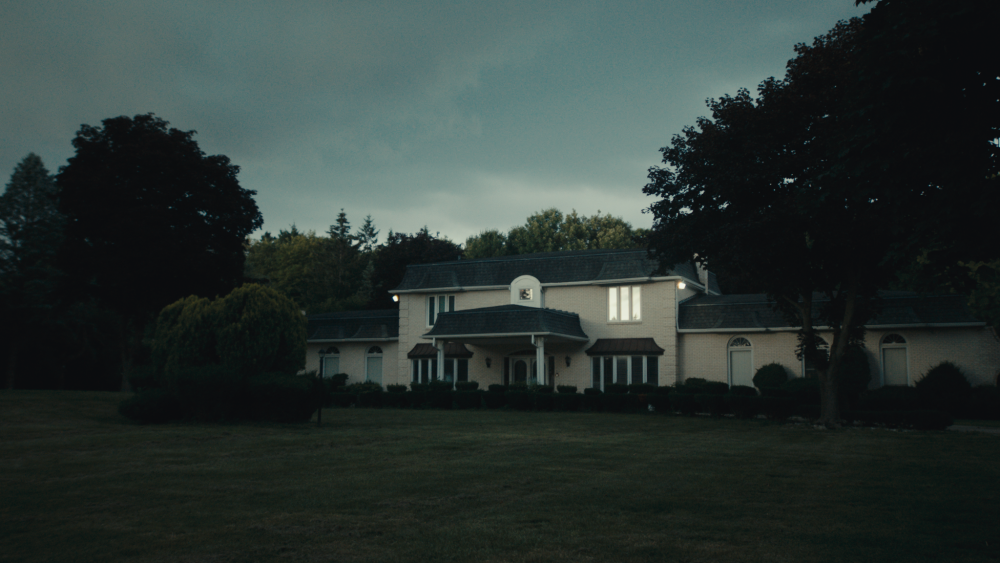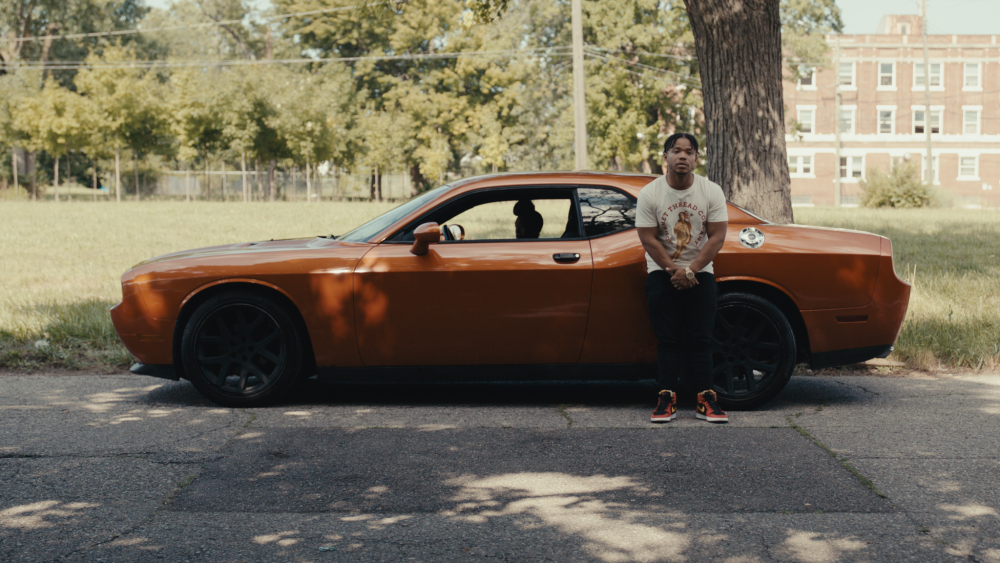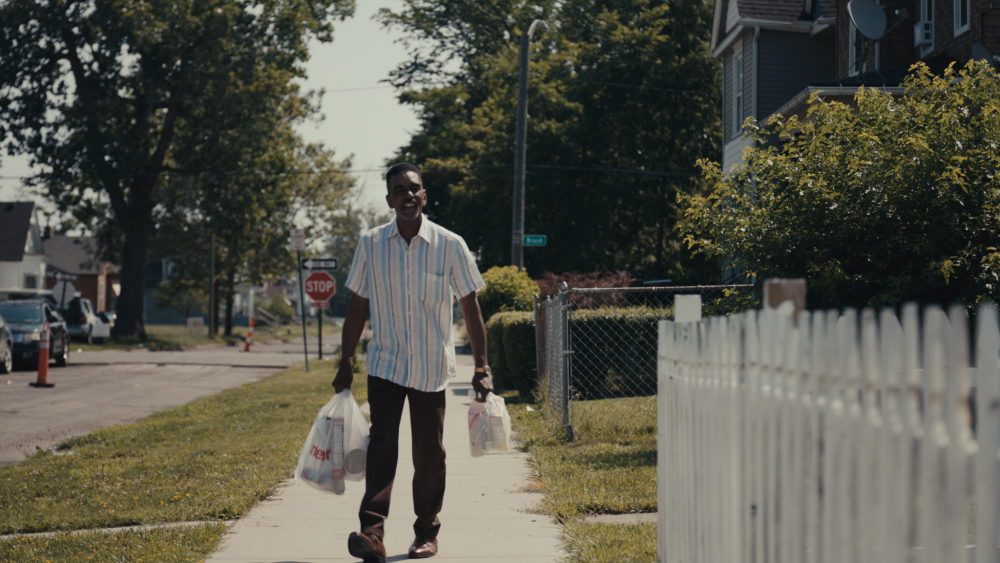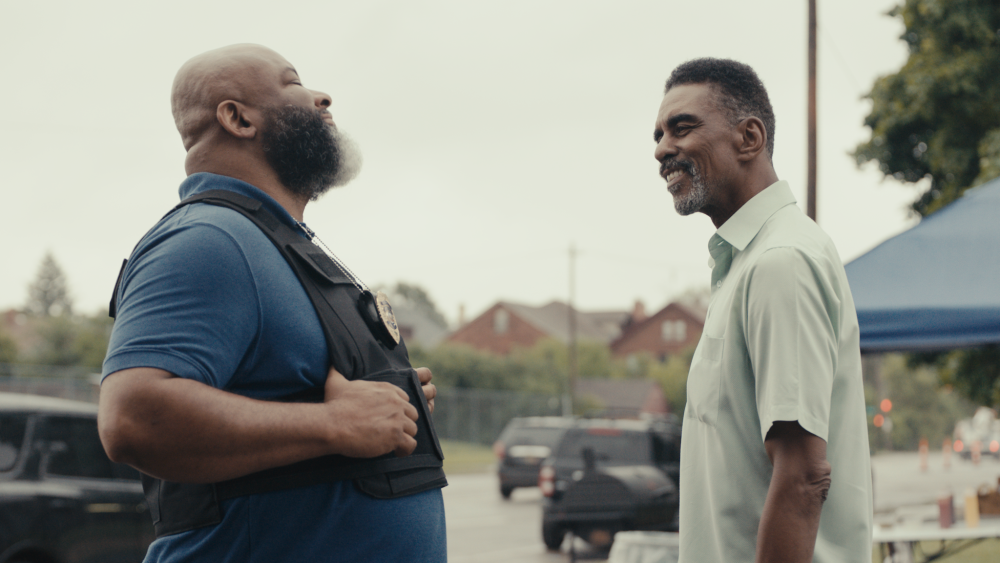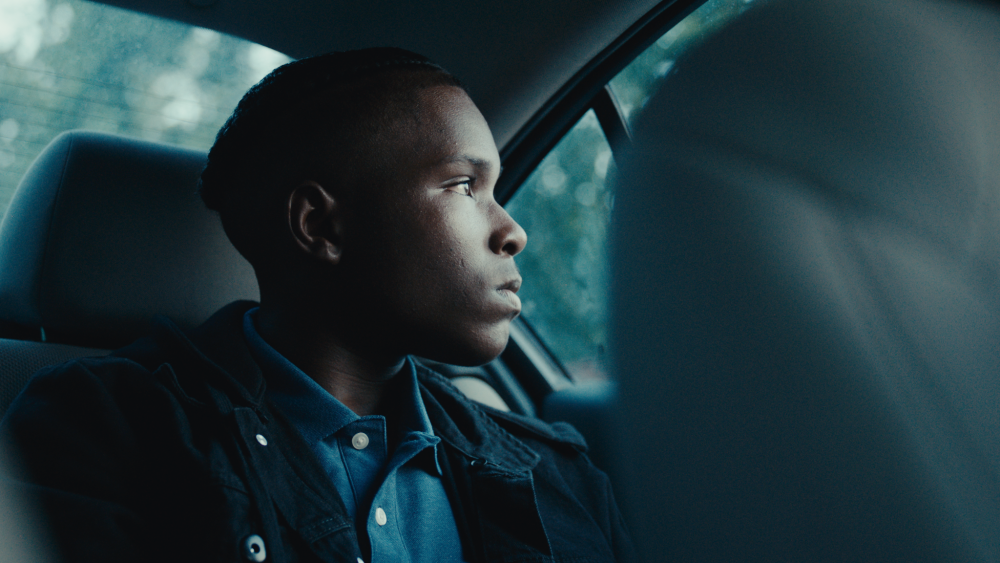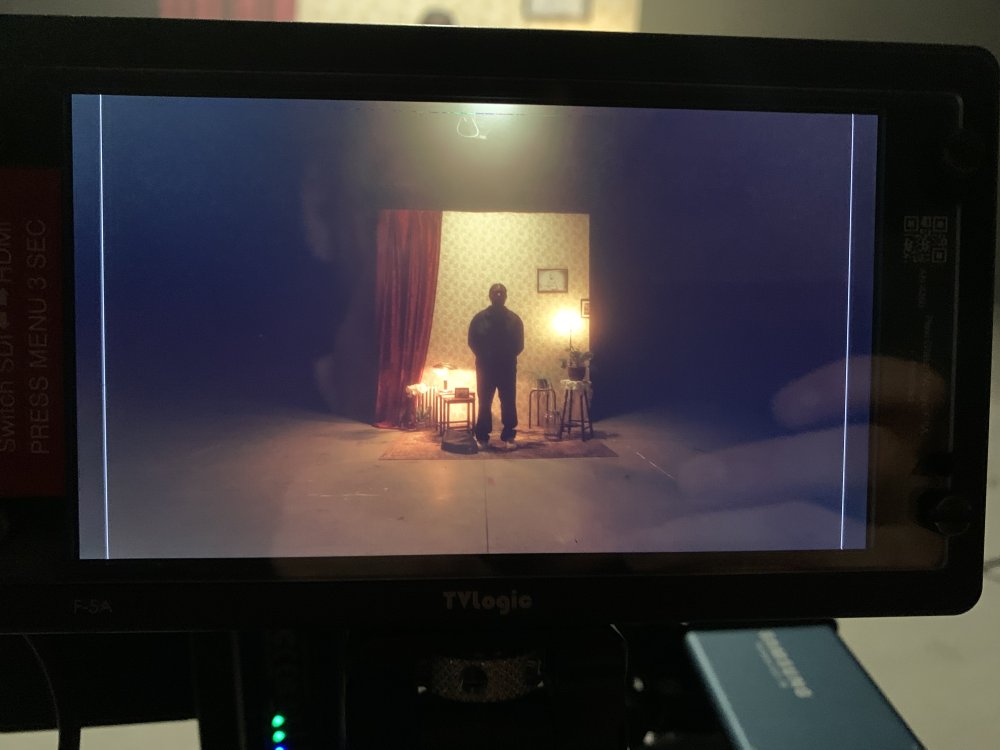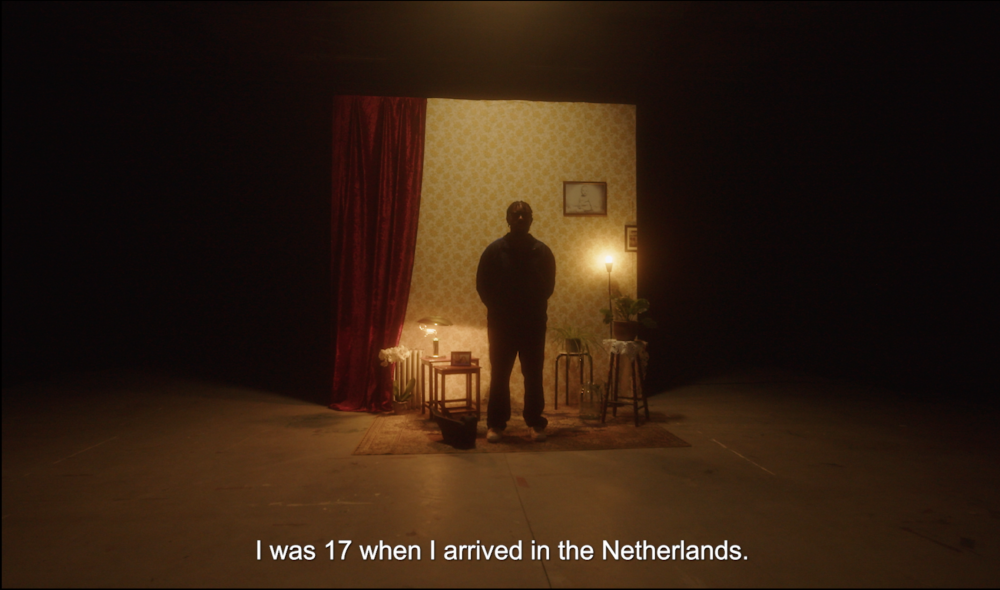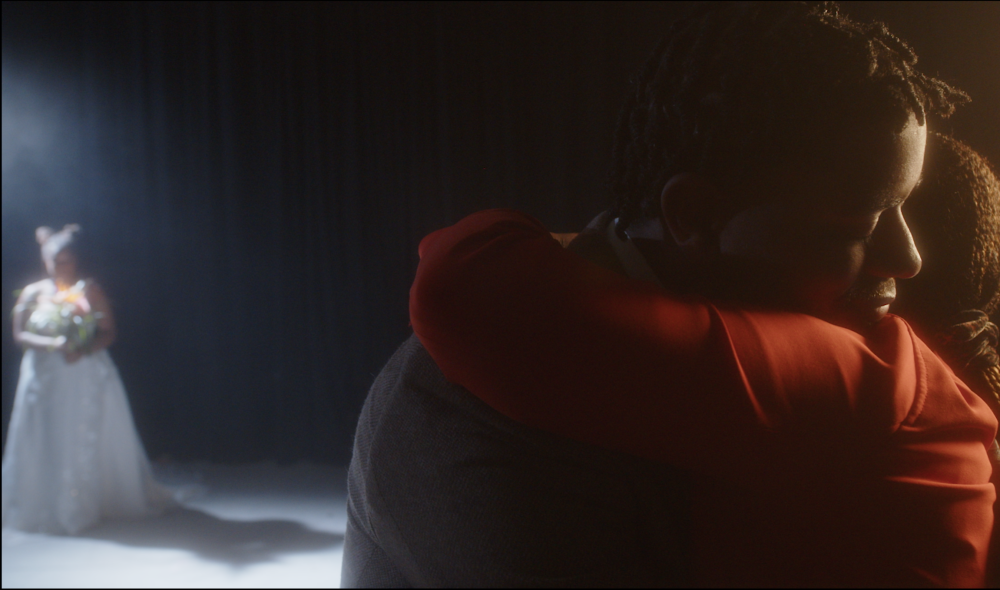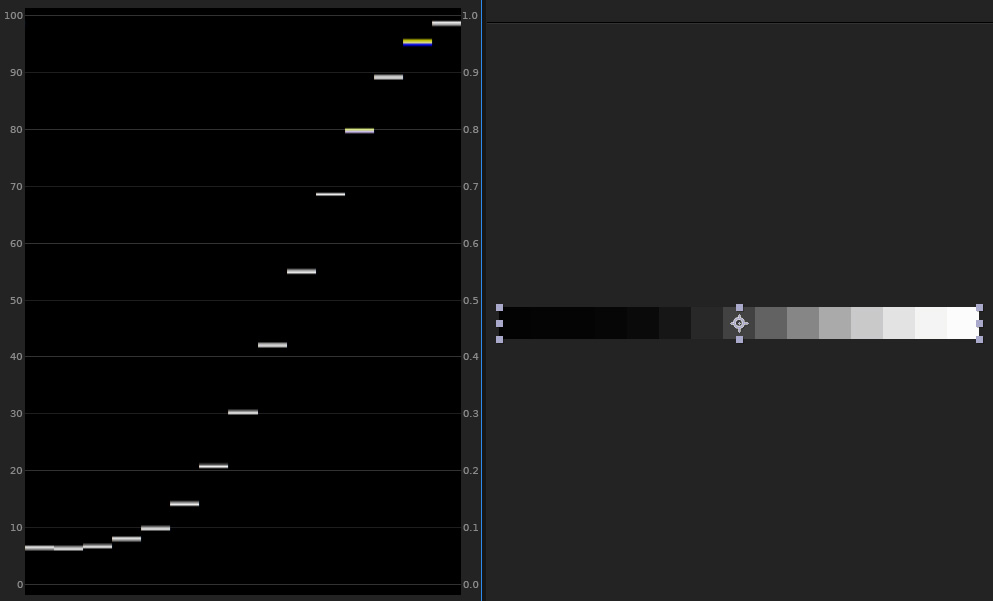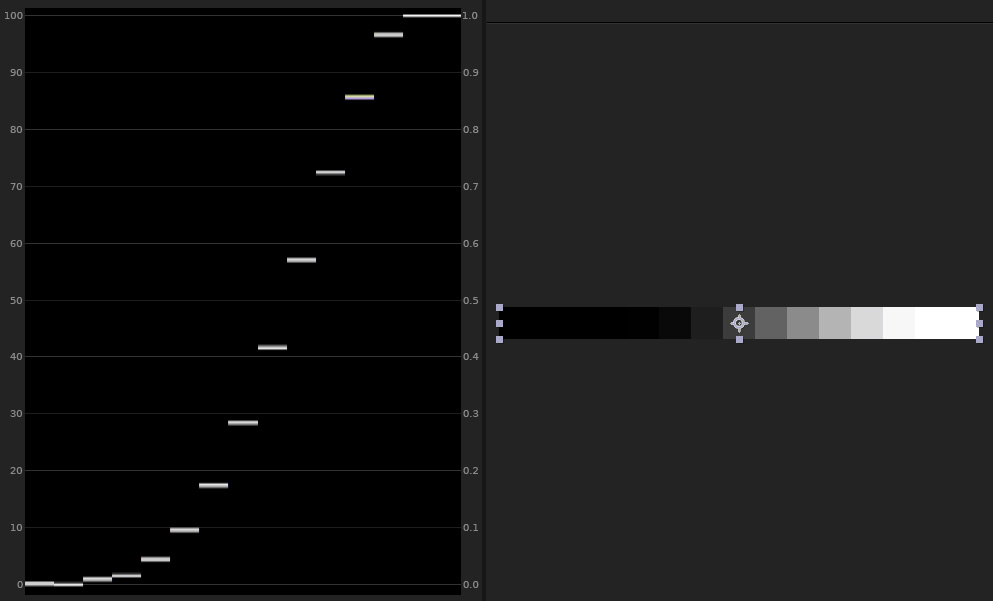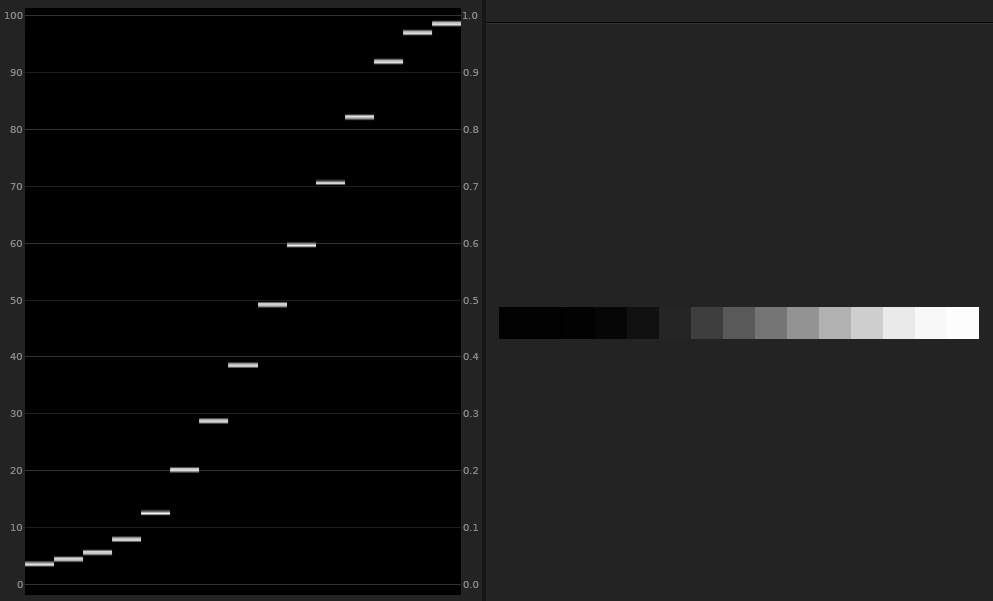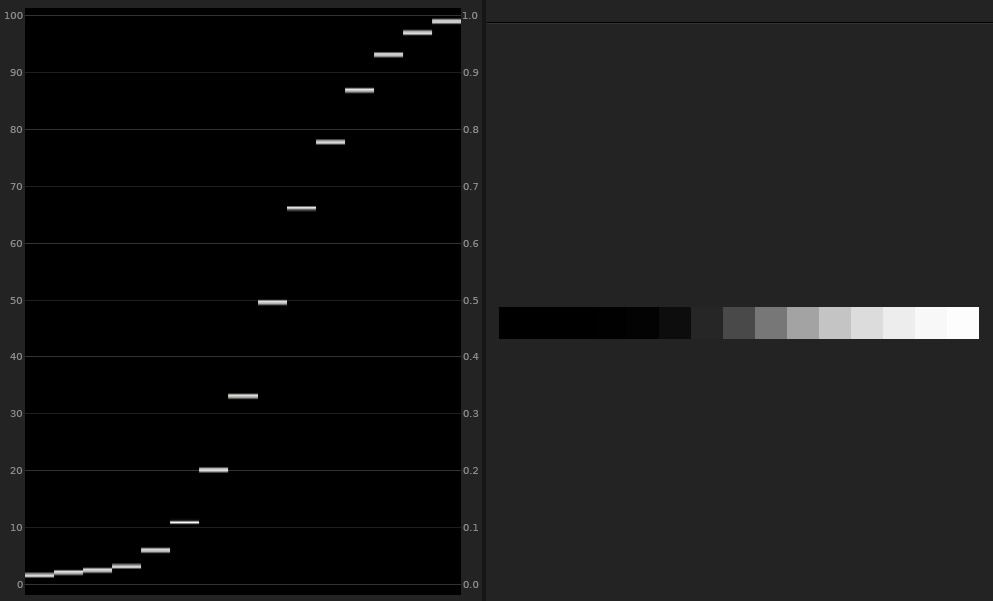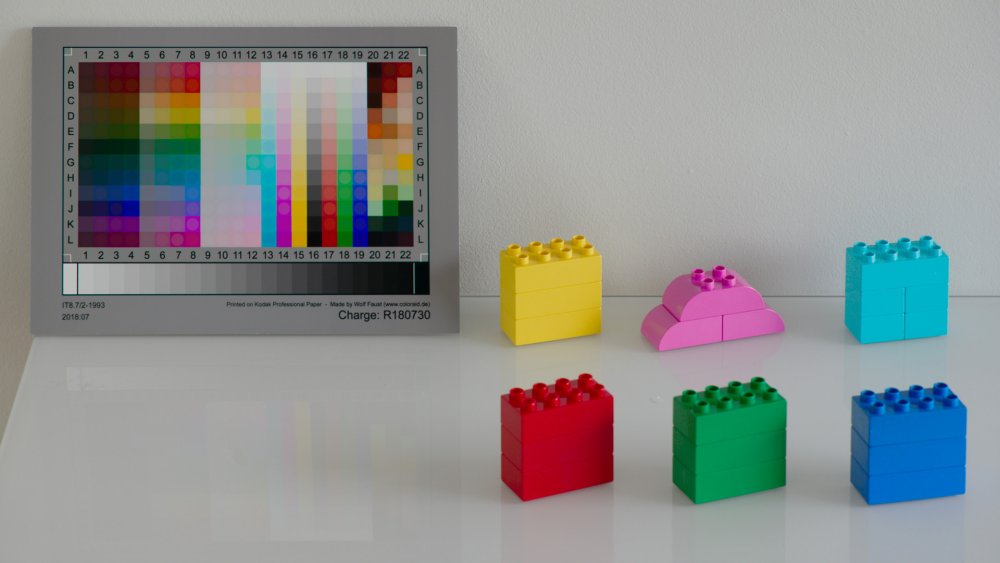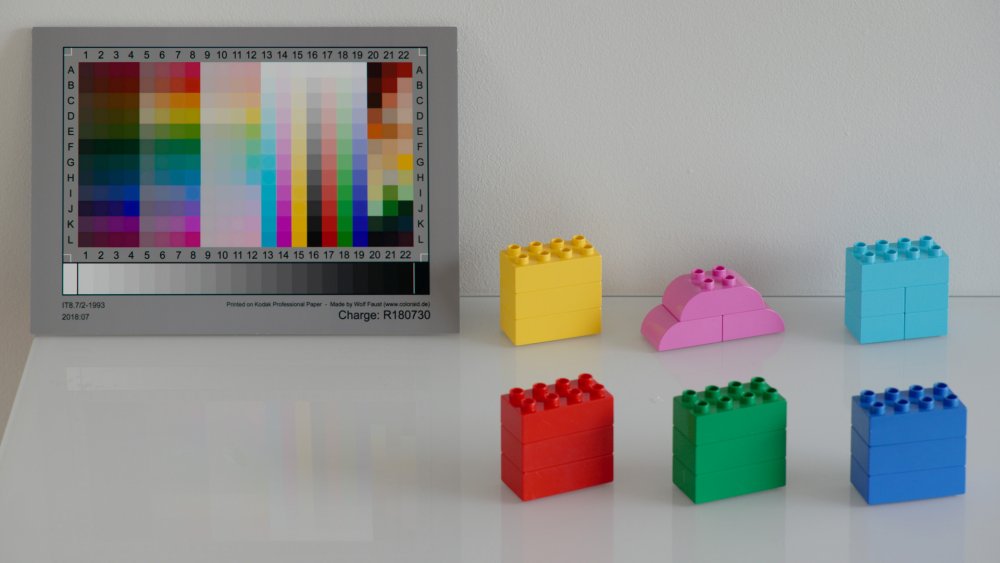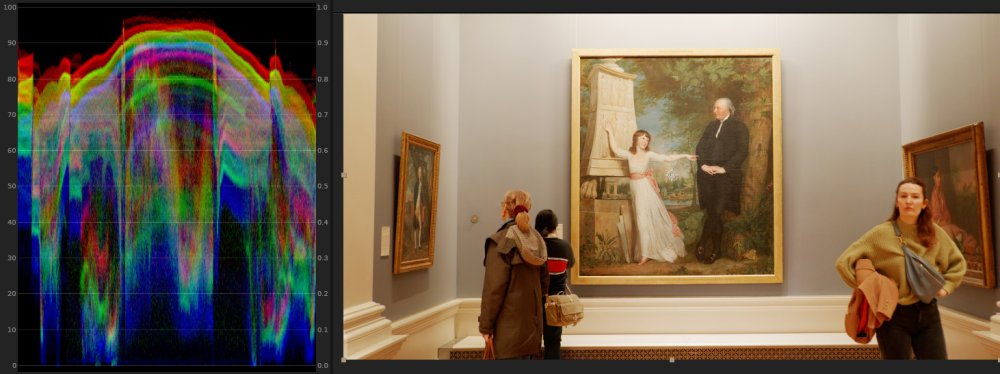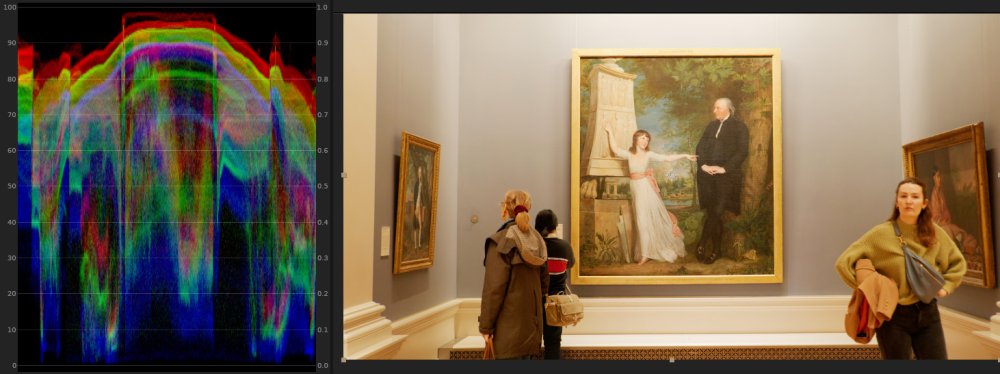Leaderboard
Popular Content
Showing content with the highest reputation on 07/10/2023 in all areas
-
Share our work
Amro Othman and 2 others reacted to TomTheDP for a topic
3 points -
I have tried a couple of cine lenses but didn’t really get on with them, especially for hybrid use, but if I only shot video, for sure I’d probably be using a set from someone like DZO or even Sigma, but the latter are a bit pricy. Before I pushed the button on trying this 40+ year old lens, I was considering the DZO 35-80, but the cost size and weight put me off. It’s 1.5x the weight of the Lumix 70-200mm f4 which I somewhat grudgingly have because I need it, but only use it at 3 specific times on a job. The thought of using that 35-80 all day long, well just 🤪 The CZ 40-80, around 600g so probably around 700-750g with the adapters and is more compact than my 70-200, a nice balance of heft for stability but not taxing to use all day. Just been eyeing up the CZ 80-200…but I’m not going to get ahead of myself!2 points
-
I’ll just use reconfigure the C1-3 custom modes but instead of settings for stills and video as I do now, base it on custom IBIS focal lengths. Or the lens might just be crap and go straight back on Ebay! I think it should work out OK actually, but we will see…2 points
-
Share our work
hyalinejim and one other reacted to PPNS for a topic
2 points -
Of the Panasonic cameras I've owned: The 1080p on the G9 is superb (GH5 standard AFAIK), as is the 4k. MIx 1080p and 4k on a 4k timeline and it's not that obvious which is which unless you pixel-peep (and that's 28Mbps long-GOP 1080 50p versus 150Mps 4k 50p too!). The 1080p on the GX80/GX85 is a bit soft, the G80 is sharper but more prone to aliasing. Neither is in the same league as the G9 - but that's a rather larger and heavier camera, so there's swings and roundabouts and I really like the feel of the GX80 in the hand. Whereas the G80 just feels 'functional' and soul-less... (A bit off-topic, but about a week ago I succumbed to a used OM-1 at a very good price - not had a lot of time to test it, but the video quality seems a big step up from the E-M1 iii - the 1080p in particular, which I wasn't expecting - it looks generally much cleaner and more detailed. An OM-1 versus G9 1080p comparison using the same lens might be interesting...).2 points
-

raw video on my Pixel Pro 7
kye reacted to Brian Williams for a topic
Ugh, sorry, I should’ve known there was an existing thread!1 point -
@Brian Williams On the contrary.. Lots of interest, as expressed in this thread! Smartphone sensors have enormous potential if we could just get all the ridiculous over-processing out of the way to get to the image. I've developed a powergrade that matches my iPhone to my GX85 to suit the work I do, but RAW would be the far easier option, that's for sure!1 point
-
I think maybe they work better for weddings where you are sniping shots. I have to do focus pulls on dollys and such for take after take so more precision is required maybe.1 point
-

Panasonic S5 II (What does Panasonic have up their sleeve?)
kye reacted to hyalinejim for a topic
Lol, yes it was! It started off as me saying to myself "Oh, I suppose I might as well knock up an accurate colour lut for my new camera, should probably take an hour or two", but it ended up taking a little bit longer than that! It's an interesting idea that the V35 to V709 LUT is primarily designed for monitoring. It certainly works very well in that regard when it comes to colour because, as you say, there's very little clipping or over-saturation. But I always found the curve a bit weird for these reasons: Middle grey stays at 42 IRE. But middle grey for Rec709 is 49 IRE. The shadows are lifted. It looks OK on a Rec709 display, ie: dark areas do look dark: But on an sRGB display you can never get true black without pulling the shadows down after the LUT. Panasonic says that "Output is in legal range only" but if you convert the output from legal to data levels then the shadows are properly dark, but the highlights go into the superwhites, which is annoying: I had a good long think about what kinds of curves to supply with my conversion. I settled on Panasonic's default curve (for those that are used to it) No curve at all (for those who want to create their own) A flat curve to just de-log the footage but keep highlight and shadow detail (for those who like to tweak exposure and contrast after the LUT. Middle grey = 49 IRE) A really nice, strong filmic curve (for those who like to tweak exposure and contrast before the LUT. Middle grey = 49 IRE) LumaSweet FLAT: LumaSweet FILM: Yes, without any gamut mapping or saturation control the more saturated colours get ugly fast. Here I've put the reference values of the chart as an overlay of little circles. If you can see them there's a discrepancy. Here's ACES V-gamut to Rec709 colour: LumaSweet Lifelike colour: So my conversion handles highly saturated colours pretty well, straight off the bat. Even compared to Panasonic's V709, it is usually better at preventing very bright or saturated colours from slipping off the waveform in the shadow areas, and almost as good in the highlighights: Panasonic V709 colour LumaSweet Lifelike colour1 point -
Definitely not mid-season! I suggest: Learn the interface and how to get around Learn where the basic tools are and what they do Learn Colour Management and how to set everything up correctly At that point you'll have the knowledge to start getting into all the fun stuff like playing with other colour spaces and splitting channels and using blending modes etc. The journey in Resolve has three phases: You can't yet swim, so you wade out a bit, but can't go far You learn to swim and have fun swimming around a bit further from shore and grow your skills and confidence You start to explore what's happening underneath the surface and you dive down and suddenly realise that you've only been exploring the surface and that there is no bottom..... I've read posts on the colourist forum where someone makes a one sentence post and it took me 8+ hours over multiple days to work out what they said, how to do it myself, what it meant, and how I might use it.1 point
-

Born on The Fourth of July - Film
hyalinejim reacted to kye for a topic
Good points and they strike me as mirroring the workflows of Cullen Kelly and Walter Volpatto, the only two professional colourists who I've heard break down their workflow. The broad process for both of them seems to be: Import footage and get things setup (or, in our cases, edit the footage!) Setup the colour management correctly so everything is well behaved Setup the global 'look' If required, setup any specific looks for groups of shots Then start reviewing the shots individually (in passes) to even things out, troubleshoot, and then to really polish things up Of course, I tend to bounce between 1 and 2, because for me the colour and visual appeal of the shots matters in terms of which ones I choose. This is in complete contrast to how all the people that play 'colourist' on YT do it - they spend 10 minutes on one shot, whereas pros often only get 1 minute per shot, or less, so would be screwed if they didn't start broad and narrow down. I also particularly like Cullens approach, or at least the approach he's taken to his more professional LUT pack, which is that it's modular, so there are separate LUTs for contrast, saturations, hue rotations, split-toning, and other look adjustments, with there being several options in each of these categories. He recommends mixing and matching and applying them and adjusting the opacity of each to taste. For me, considering I tend to shoot and grade the same sort of material, I'm developing my own default node tree with everything all setup and ready to adjust as required. On many projects it's just a matter of applying the overall look and then just going into the Lightbox mode which shows all your shots at once and then just adjusting any that stick-out and then exporting it and doing a final watch-through. The BM grading panels are a bit of a clue as well, having Next Node and Previous Node buttons, but not buttons to create new nodes, on the smallest one at least, which implies to me a default node structure already applied to each shot. I've been meaning to go back and re-watch the Walter Volpatto masterclass now that I've actually gotten my head around colour management etc. Colour Management was the biggest breakthrough for me. Shooting on cameras that didn't have profiles in ACES/RCM meant that I had a really hard time adjusting levels or WB without the mids and highlights/shadows moving in different ways, but convert to DWG and grade and convert to 709/2.4 and then grade in DWG and all the controls magically do what you'd want them to do.1 point -
This is the single most part of the whole filmmaking process that interests me right now. It took me the best part of a decade to get the right combo of tools that would allow me to best shoot hybrid weddings. Hardly the epitomy of filmmaking I know, but for the one man band with bills to pay, what I do. All that time, I was also working on my technique, lighting and the output, but have been somewhat hamstrung by the capture process due to continually juggling the tools for workflow purposes. As a result, the reality has been some of the capture process was not what it could have been and that’s OK. There’s no manual for what I do so it has been a process of trial & error. Now that I feel I have that working in my favour, I have been able to turn more attention to lighting, my big ‘thing’ for this year and that is going well so far but not quite where I want it to be. Again, it’s a bit of a juggling act as, as above, 1 man crew vs a 500 crew. Or even a 2 person crew, but the financials don’t work so it’s just me and the reality is one person shooting video and stills can only do so much in real time. And this only leaves two areas for further exploration and development. A: Pulling stills from video, initially in addition to shooting both, but perhaps potentially, only from shooting video. I think the latter is doable now due to the tech that is in a camera such as the Z9, but a different topic… B: Which leaves the colour science/grade part of the equation. It’s the part of the process I have paid the least attention to and need to work on the most. Once my season ends, it’s finally time to put myself into ‘grade’ school. Thanks to @kye I have also subscribed to Cullen Kelly plus a few others. Thanks to @hyalinejim looks like there’s a good starting point for S5ii log now, so that is going to get a whirl. Intrigued by raw, I think I am going to have to bite the bullet and get an external monitor and the paid Braw upgrade for my S5ii’s regardless of whether Lumix bring out a Z9 rivaling S2H before next season or just go Nikon. Either way, an external monitor and any kind of rigging other than a cage and side handle plus shotgun mic, is about as far as I would prefer to go. I’m realistic about it at the same time. Will raw and Resolve and sheer time, effort, understanding and application, plus further improved capture and lighting technique make a difference? Sure, but it won’t make my 2024 wedding films look like Dune, but as the saying goes, shoot for the stars and you might just hit the moon. My end goal is to be able to shoot a baked in look, min 6k 50p, 3:2 format that will then be my only source of video and stills from one roaming and one static camera. I don’t think that is too far away and indeed, could be done today. Just not by me. Yet…1 point
-
My OCD prefers round numbers based on 10 so 20/40/80/160mm would be my preference so zoom lenses; 20-40, 40-80 and 80-160. Then f stops as: 1,2,4,8,16 so being realistic, f2 for my 20-40, f2 for my 40-80 and f4 for my 80-160. Plus all filter sizes the same while I’m at it. Under 500g, around 750g and no more than 1000 for the big boy. This is my open letter to Sigma 😉1 point
-
Indeed I do! But seeing as I live in Australia, I tend to keep local hours 😉1 point
-
Well my ‘favourite’ focal lengths just happen to be 40 and 80 as in if I had to choose a pair of primes, these would be them. 40’s are rare and I can’t think of an 80, but 35’s common, otherwise it’s 70 (just a teeny bit too short) 75 OK, 85 OK, 90 getting a teeny bit long indoors. So a lens that with a single push or pull is either 40 or 80 is kind of perfect for me. The 35-70 was going to be the one I was going to try but a bit short and when I discovered the 40-80 existed, it was game set and match. I started out with the Angenieux f2.6 28-70, but again, a bit wide and a bit short and slightly pricy because of the name. Same with a lot of vintage glass such as Helios 58mm. Once something gains something of a cult following, prices shoot up. These Contax Zeiss lenses seem to have a good rep, but don’t seem to have quite that level of cult worship yet, especially the 40-80 which has very little coverage. The results I have seen from the 30-70 though look great. I can’t see any scenario where I would move 100% to vintage glass, especially for stills, as I do have an AF requirement, but then never say never as there are clever LiDAR options so… The bottom line is I don’t like following convention but simply for defying convention sake. If that makes sense?!1 point
-
And final decision made… The S1H is staying and the S5IIX going back without breaking the seals of the packaging never mind the box. I went into this weekends 3 day shoot edging towards the 3 identical camera body approach, which I would prefer in principle, plus smaller, lighter, faster, newer has certain benefits, but… The S1H is just too good a stills camera. Yes, stills. It’s meant to be ‘The Video One’ but actually excels as a stills camera for shooting people and events because it’s that little bit less critically sharp than the others without The OLPF. And then there is build, the ergos, the feel of the thing to use and the shutter sound is just sublime. The S5ii by comparison feels and sounds tinny. So decision made. I can’t sell or not use the best camera I have ever used. At least not until a genuine replacement comes along. When or if that happens, but otherwise the S1H is being reconfigured in my line up as principal stills with occasional video and the S5ii’s becoming more video specific and less stills. Same kit, just re-jiggled about a bit! I think the gimbal is going though. Just not getting any real use out of it and the S5ii is pretty good in that department for my limited needs.1 point


